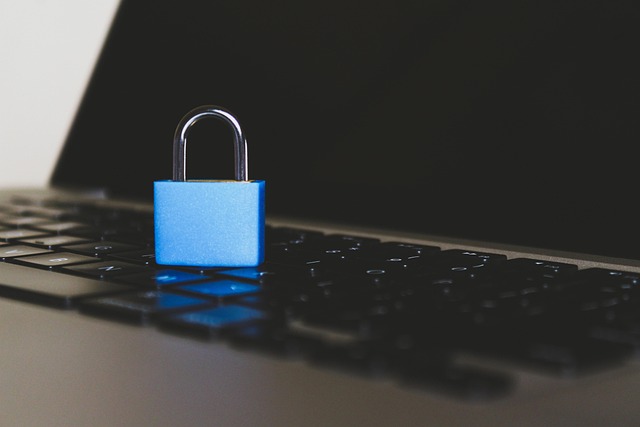Over 80% of successful cyberattacks involve employee actions—whether intentional or not. That makes employee education one of the most important components of any law firm’s cybersecurity strategy.
With cyberattacks becoming increasingly frequent and sophisticated, strengthening your firm’s defenses requires more than just technology. Effective risk management must include employee training to raise awareness and promote secure behavior. Despite this, cybersecurity training is still one of the most neglected areas in many firms.
What Is Cybersecurity Awareness Training?
Cybersecurity training typically involves a one-hour session that covers:
-
Safe computer practices
-
How to identify phishing, spam, and malware threats
-
Best practices to protect both the firm and individual users
-
Legal and ethical obligations tied to data security
Good training is not just informative — it should include relatable stories and real-world examples to help the lessons stick.
Training is even more important in today’s remote and hybrid workplaces, where employees operate beyond the office firewall. In some cases, cyber insurance providers now require proof of annual training.
Who Should Conduct the Training?
It’s not a job for law firm owners — even those with some cybersecurity knowledge. Instead, hire a professional security consulting firm that specializes in cybersecurity training. They’ll have the expertise to answer questions, offer real-life examples, and earn employee trust with their credentials.
If you’re a large firm (like those in the Am Law 200), you’ll likely hire a top-tier provider. But smaller firms have cost-effective options too. Look for a provider that includes:
-
Simulated phishing tests
-
Real phishing email examples
-
Quizzes to assess employee awareness
Frequent test failures by an employee may raise concerns about their ability to safely handle sensitive data.
Since COVID-19, many firms have opted for online training sessions. Remote training is affordable (e.g., $500 per hour in some cases), but the tradeoff is reduced engagement. To counter this, some firms now require in-person attendance in a conference room to ensure full focus.
Cyber insurance providers may also ask whether you conduct yearly training — so make it a recurring event.
How and When to Deliver Training
To make the most of the training:
-
Schedule it in the morning, when attention is sharpest. Provide breakfast and coffee to encourage alertness.
-
Make attendance mandatory and track who completes the session.
-
Ensure the trainer shares real phishing emails and sample assessments.
-
Reinforce the “see something, say something” culture — employees should report risky behavior they observe in coworkers.
Help Employees Understand the “Why” Behind Cyber Policies
Employees often resist security measures — they can seem restrictive or inconvenient. A skilled trainer will explain the rationale behind firm policies and how they help protect client data. This includes discussing security tools like:
-
Whitelisting trusted applications
-
Event logging and monitoring
-
Alert systems for unusual file access
Training should also address the evolving nature of passwords. For example, new password standards from NIST will soon change what qualifies as “strong.” Employees need to understand these changes — and why using an encrypted password manager is now essential to avoid the risks of password reuse.
Social Engineering: Outsmarting Human Nature
Hackers often rely on social engineering tactics — manipulating people instead of breaching systems. Security experts say they can often infiltrate a network within an hour simply by exploiting human behavior.
Employees need to be wary of scams, such as:
-
A call from “Microsoft Tech Support” requesting access to their device
-
Someone claiming to be from your IT provider asking for login credentials
Even if the caller references your actual IT company, it doesn’t mean the request is legitimate.
Phishing: The Biggest Threat to Law Firms
Phishing is the most common gateway for attackers. Even with advanced defenses, some threats slip through — especially zero-day exploits with no known fix.
Targeted phishing attacks are especially dangerous for law firms. Because legal information is often public, attackers can tailor fake emails using case details, attorney names, court info, and more. This makes forged messages appear incredibly convincing.
Firms are prime targets because of the volume and sensitivity of the data they handle. Hackers can use publicly available information — like LinkedIn profiles or firm websites — to craft believable phishing emails.
A good training session teaches employees to slow down and follow this process: Pause. Think. Inspect. Report.
Phishing Red Flags to Teach Your Team
Make sure your employees are trained to spot these common phishing signs:
-
Unknown sender
-
Slightly altered email address of a known contact
-
Generic or impersonal message
-
Unexpected or unsolicited communication
-
References to services or institutions you don’t use
-
Misspellings or poor grammar
-
No personalized greeting
-
Requests for personal or confidential info
-
Suspicious links or attachments
Even hovering over links can’t always guarantee safety — many attacks use “drive-by” downloads to infect devices without needing a click.
Final Thoughts
Cybersecurity awareness isn’t optional — it’s essential. With employees playing a role in most breaches, consistent, high-quality training is one of the best investments a law firm can make. When employees understand the risks, recognize threats, and know how to respond, the whole firm becomes more resilient.
Make training engaging. Make it regular. And most of all — make it mandatory.


